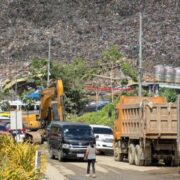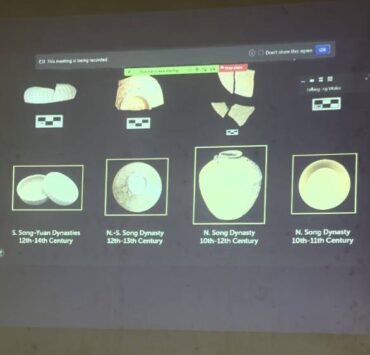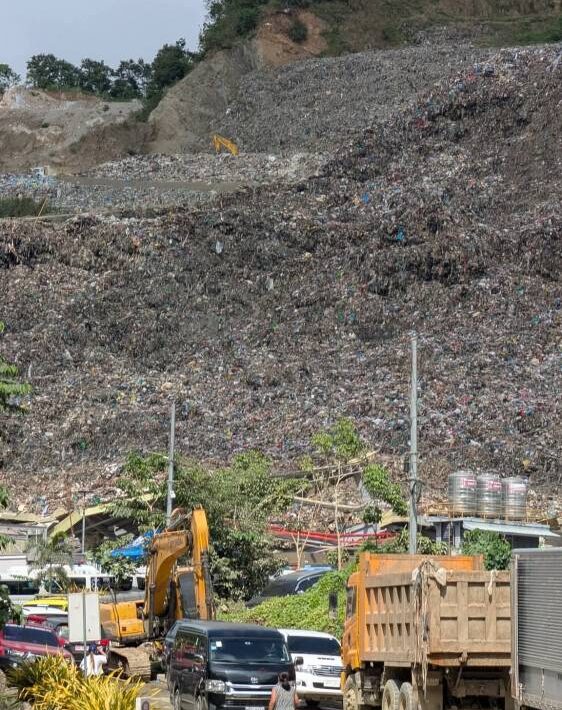Zambales fishers seek safe seas beyond Panatag
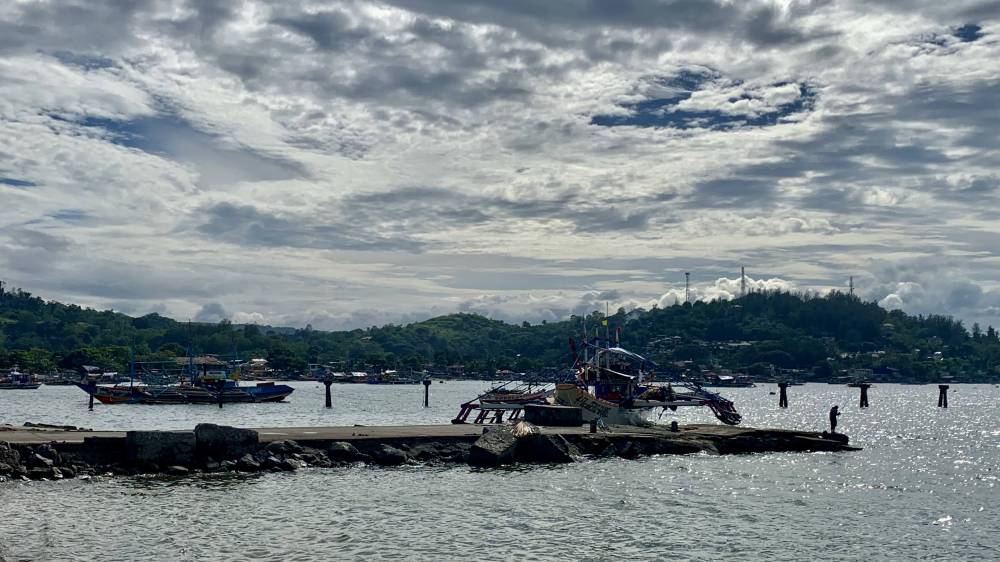
SUBIC, ZAMBALES—Randy Almares Malit, 45, has spent most of his life at sea. Like many fisherfolk from this coastal town, he once cast his nets in the rich waters of Panatag (Scarborough) Shoal, locally known as Bajo de Masinloc—until China seized control of the lagoon in 2012 and made it a no-go zone for Filipinos.
Since then, Malit and hundreds like him have been forced to venture farther into uncertain and often dangerous waters. Now, he is missing.
Malit, a resident of Barangay Calapandayan, was last seen on July 5, steering a small service boat into rough seas off the coast of Ilocos Sur.
His mother boat, the FBCA Kian Bench, returned to port on July 11 without him. The Philippine Coast Guard’s (PCG) BRP Magbanua continues to comb the waters—but hope is fading.
“He’s part of my 13-man crew,” shared Ian Jasper Tabios, skipper of the Kian Bench, in a phone interview.
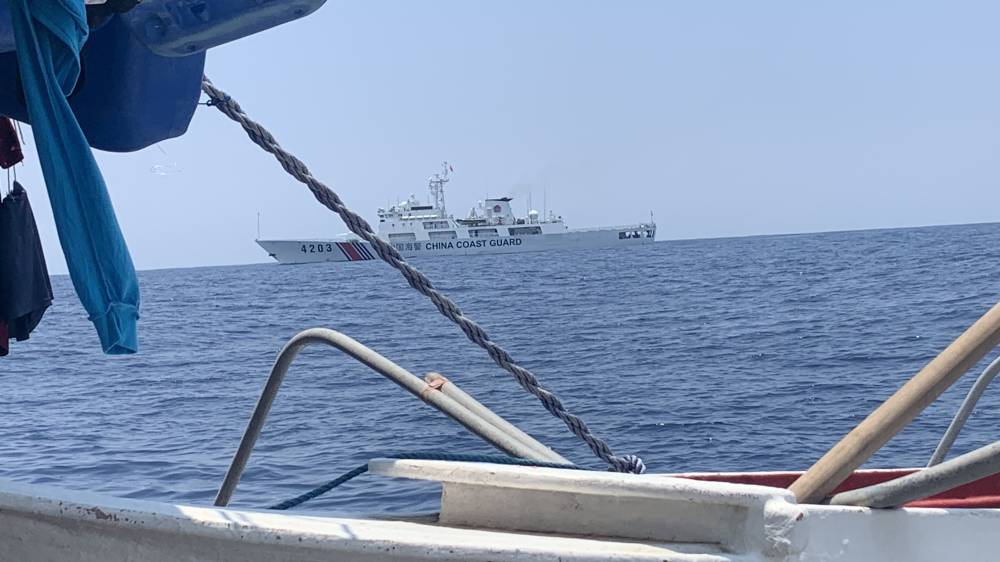
Their journey began on May 19, some 200 nautical miles (370 kilometers) southwest of Sampaloc Point. After a brief rest in Infanta, Pangasinan, they resumed fishing near Candon, Ilocos Sur, on June 28.
But on July 5, with their mother boat anchored near a private “payao” (fish aggregating device) about 186 nautical miles (34 km) west of Tagudin, a sudden squall rolled in. Three service boats were deployed; two made it back. Malit did not. The ocean that once gave has taken again.
Not isolated case
Malit’s disappearance is the latest in a string of tragedies in Zambales. According to Commander Euphraim Jayson Diciano of the PCG, this time of year often brings perilous weather that has claimed numerous lives.
In November last year, four fishers from Subic also vanished—brothers Richard and Reymond Recalde, along with Daniel Sabido and Anthony Tadeo. They were last seen near Panatag Shoal, 40 nautical miles (74 km) northeast of the reef now tightly guarded by Chinese vessels.
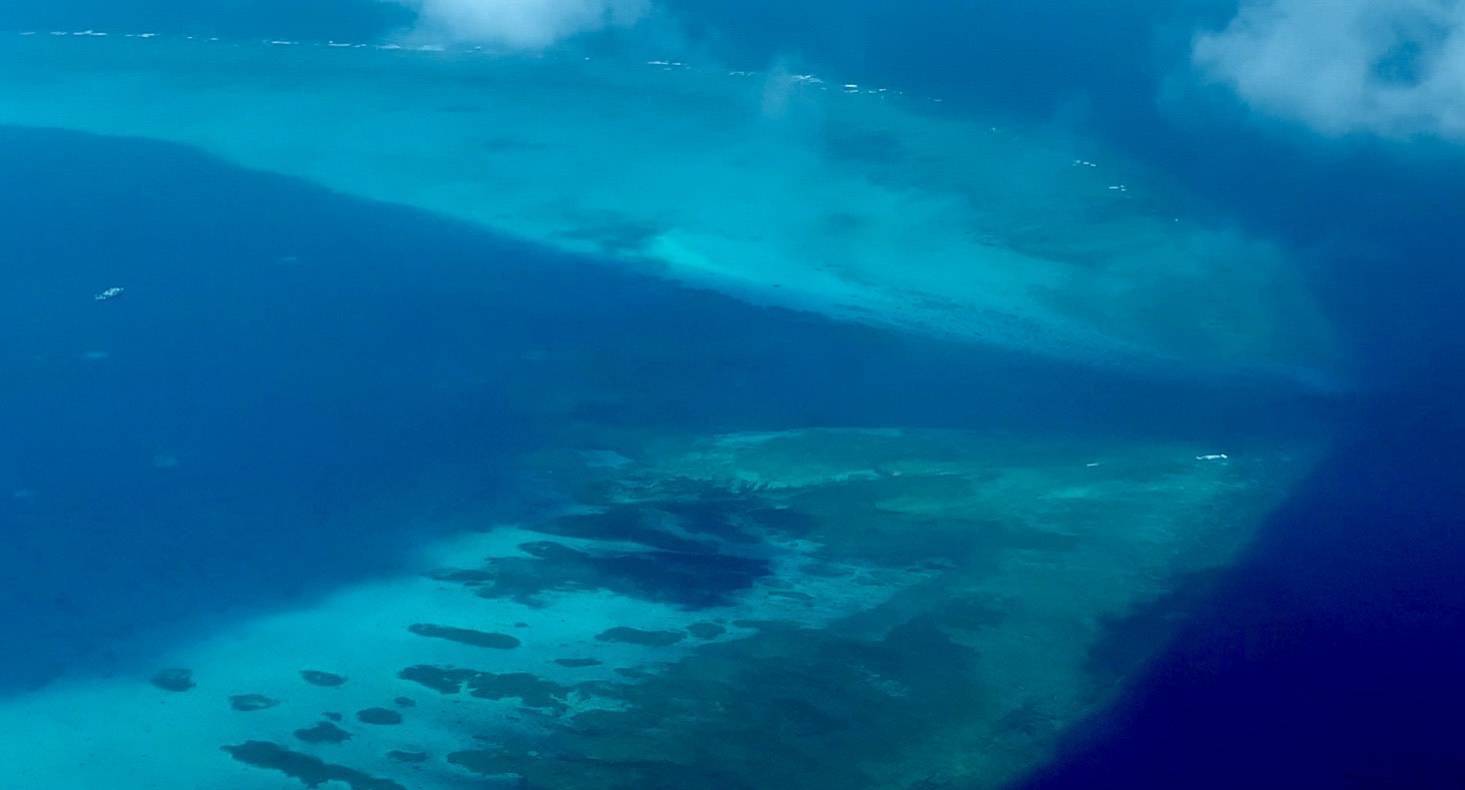
For decades, the shoal served as a storm shelter for fisherfolk from across Luzon. Its protective lagoon was a haven in bad weather—until Chinese Coast Guard ships and maritime militia began blocking entry in 2012. Harassment, intimidation, and even water cannon attacks, have become part of the seafaring life in the West Philippine Sea (WPS).
‘Distant victory’
On July 12, 2016, the Philippines won a landmark ruling from the Permanent Court of Arbitration in The Hague, which invalidated China’s sweeping nine-dash-line claim over the South China Sea. But nine years on, China continues to ignore the decision and fishers say they have yet to feel the effects of that legal triumph.
“As we commemorate the 9th anniversary of the arbitral ruling, we call again for a peaceful, diplomatic resolution to the WPS issue,” said Fernando Hicap, national chairperson of the fishers’ group Pambansang Lakas ng Kilusang Mamamalakaya ng Pilipinas (Pamalakaya).
He added: “But let’s be clear—for many of us, the victory still feels distant.”
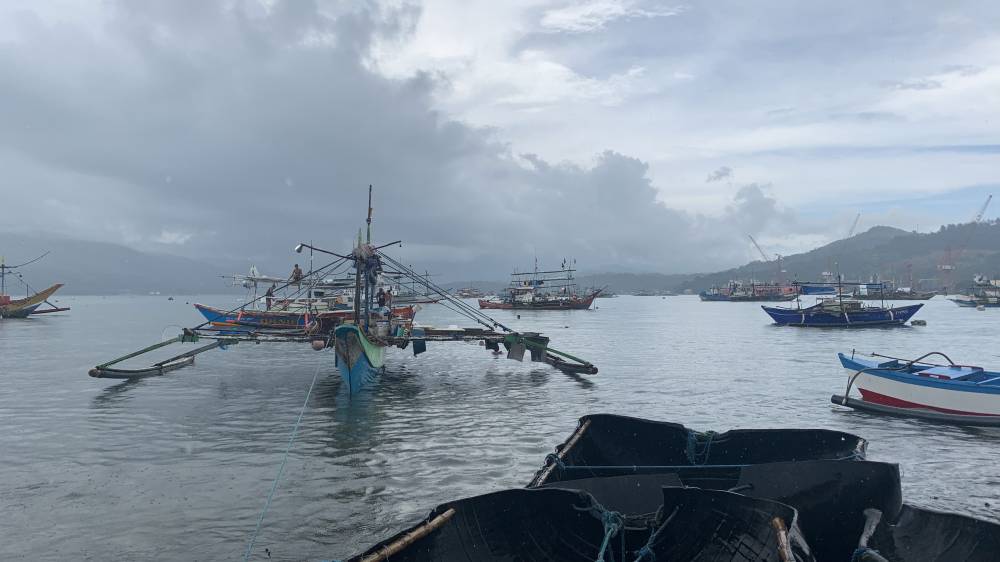
Pamalakaya estimates that Zambales fisherfolk have lost up to 70 percent of their income since China tightened its grip on Panatag Shoal. Many have abandoned the sea entirely.
In response to these mounting challenges, the provincial government is moving to modernize the fishing industry.
Zambales Gov. Hermogenes Ebdane Jr. recently announced the procurement of a 96-foot steel-hulled harvester boat, along with two fiberglass lightboats and a service vessel.
Gov’t solution
The fleet, to be built in Cavite, will be operated by the Zambales Provincial Fishery Association—a federation of fisherfolk groups.
To equip crews for this technological leap, the Philippine Merchant Marine Academy in San Narciso will conduct training sessions in vessel handling and modern fishing techniques.
“Learning new technology and developing new skills is necessary for our fishermen to stay competitive,” Ebdane said. “They must adapt to survive.”
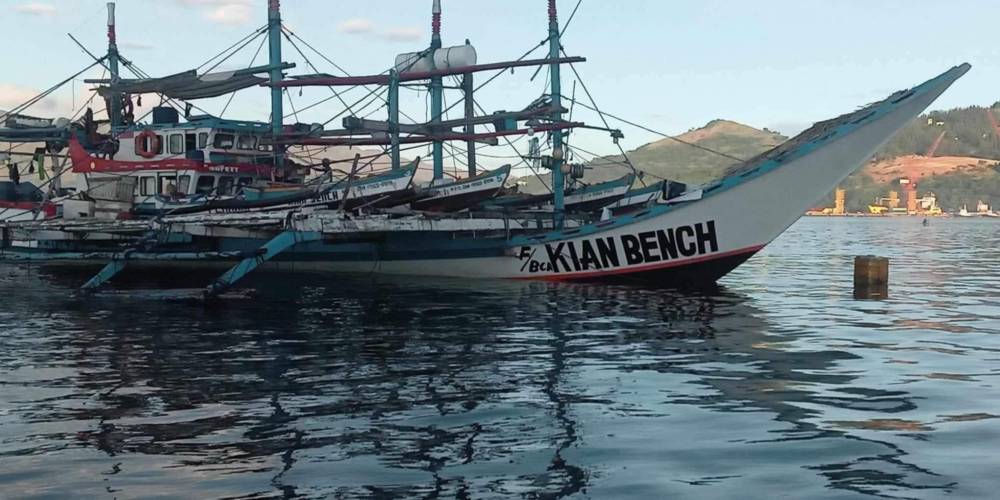
The province has also distributed P5 million worth of payao to 26 fisherfolk organizations, with plans to distribute another P5.6 million this year.
But not everyone is convinced that high-tech vessels are the answer.
Displacement, doubt
Some traditional fishers worry that modernization may benefit only a select few—or worse, push them out entirely. Industrial-scale fishing methods, critics argue, can disrupt marine ecosystems and crowd out small-scale operations.
“We support modernization but it must benefit the majority. It shouldn’t become a tool for political patronage or worsen the inequality between traditional and industrial fishers,” Hicap asserted.
He also warned that new boats are useless without safer waters.
“What good is a modern fishing vessel if Filipino fishers still face harassment from foreign naval forces, especially China?” Hicap lamented.
Back in Subic, the Kian Bench crew would sit idle, waiting for news of their missing mate.
For them, the sea remains both a livelihood and a looming threat—made more dangerous by geopolitical conflict and an ever-changing climate.





